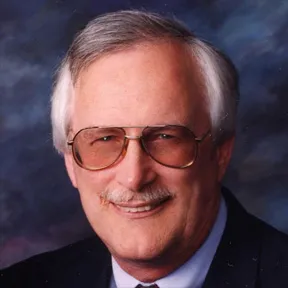How Small Is It | 04 - Elementary Particles
In this segment of our “How small is it” video book, we introduce elementary particles.
We start with a description of cosmic rays and gamma rays. They collide with atoms in the atmosphere to create a wide variety of particles. We cover how cloud chambers work to ‘see’ these new particles. That includes taking a look at the tracks for electrons and protons. We then take a look at the new particles we found on mountain tops and up in balloons: positrons, electron-positron pair creation, muons; pions; kaons; and particle decay timing and signatures.
We then cover the hard to find neutrino, starting with the Ellis - Wooster experiment to measure the energy of radium decay into polonium that lead to Wolfgang Pauli’s 1927 prediction that the existence of the neutrino. We then take a look at the 1970 bubble chamber track that first detected it.
Next we probe the proton using scattering experiments like the ones used by Rutherford to probe the nucleus. This time we use electrons instead of alpha particles. We cover how this was done at the Stanford Linear Accelerator Center (SLAC) in 1969. We show how particle acceleration is accomplished, and how particle detection is done with hodoscopes and calorimeters. We also examine the test results, explaining the idea of ‘cross section’ measurements as a way to identify scattering target sizes. We end with the results that showed that the proton has 3 parts: now called quarks.
We then cover how quarks form hadrons (baryons and mesons) with their predicted spin, charge and mass. With these predictions, the hunt for these particles went into high gear. We cover the discovery of the lambda, xi, and omega particles that show that the quark theory was correct.
We end with a review of particle sizes we’ve seen so far from the atom to the neutrino. We also show how this large array of new particles begins to fit into a model organized around particle masses (leptons and hadrons) and particle spins (fermions and bosons) along with their different statistical behaviors in a group.















































